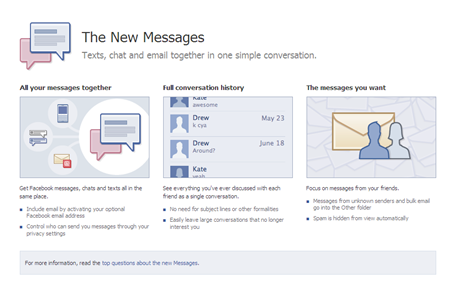Comedian Nick Bakay”>Nick Bakay always ends his Tale of the Tape skits where he compares everything from Married vs. Single to Divas vs. Hot Dogs with the phrase “It's all so simple when you break things down scientifically.”
The late December/early January time frame is always when various people in eDiscovery make their annual predictions as to what trends to expect in the coming year. We’ll have some of our own in the next few days (hey, the longer we wait, the more likely we are to be right!). However, before stating those predictions, I thought we would take a look at other predictions and see if we can spot some common trends among those, “googling” for 2011 eDiscovery predictions, and organized the predictions into common themes. I found serious predictions here, here, here, here and here. Oh, also here and here.
A couple of quick comments: 1) I had NO IDEA how many times that predictions are re-posted by other sites, so it took some work to isolate each unique set of predictions. I even found two sets of predictions from ZL Technologies, one with twelve predictions and another with seven, so I had to pick one set and I chose the one with seven (sorry, eWEEK!). If I have failed to accurately attribute the original source for a set of predictions, please feel free to comment. 2) This is probably not an exhaustive list of predictions (I have other duties in my “day job”, so I couldn’t search forever), so I apologize if I’ve left anybody’s published predictions out. Again, feel free to comment if you’re aware of other predictions.
Here are some of the common themes:
- Cloud and SaaS Computing: Six out of seven “prognosticators” indicated that adoption of Software as a Service (SaaS) “cloud” solutions will continue to increase, which will become increasingly relevant in eDiscovery. No surprise here, given last year’s IDC forecast for SaaS growth and many articles addressing the subject, including a few posts right here on this blog.
- Collaboration/Integration: Six out of seven “augurs” also had predictions related to various themes associated with collaboration (more collaboration tools, greater legal/IT coordination, etc.) and integration (greater focus by software vendors on data exchange with other systems, etc.). Two people specifically noted an expectation of greater eDiscovery integration within organization governance, risk management and compliance (GRC) processes.
- In-House Discovery: Five “pundits” forecasted eDiscovery functions and software will continue to be brought in-house, especially on the “left-side of the EDRM model” (Information Management).
- Diverse Data Sources: Three “soothsayers” presaged that sources of data will continue to be more diverse, which shouldn’t be a surprise to anyone, given the popularity of gadgets and the rise of social media.
- Social Media: Speaking of social media, three “prophets” (yes, I’ve been consulting my thesaurus!) expect social media to continue to be a big area to be addressed for eDiscovery.
- End to End Discovery: Three “psychics” also predicted that there will continue to be more single-source end-to-end eDiscovery offerings in the marketplace.
The “others receiving votes” category (two predicting each of these) included maturing and acceptance of automated review (including predictive coding), early case assessment moving toward the Information Management stage, consolidation within the eDiscovery industry, more focus on proportionality, maturing of global eDiscovery and predictive/disruptive pricing.
Predictive/disruptive pricing (via Kriss Wilson of Superior Document Services and Charles Skamser of eDiscovery Solutions Group respective blogs) is a particularly intriguing prediction to me because data volumes are continuing to grow at an astronomical rate, so greater volumes lead to greater costs. Creativity will be key in how companies deal with the larger volumes effectively, and pressures will become greater for providers (even, dare I say, review attorneys) to price their services more creatively.
Another interesting prediction (via ZL Technologies) is that “Discovery of Databases and other Structured Data will Increase”, which is something I’ve expected to see for some time. I hope this is finally the year for that.
Finally, I said that I found serious predictions and analyzed them; however, there are a couple of not-so-serious sets of predictions here and here. My favorite prediction is from The Posse List, as follows: “LegalTech…renames itself “EDiscoveryTech” after Law.com survey reveals that of the 422 vendors present, 419 do e-discovery, and the other 3 are Hyundai HotWheels, Speedway Racers and Convert-A-Van who thought they were at the Javits Auto Show.”
So, what do you think? Care to offer your own “hunches” from your crystal ball? Please share any comments you might have or if you’d like to know more about a particular topic.





